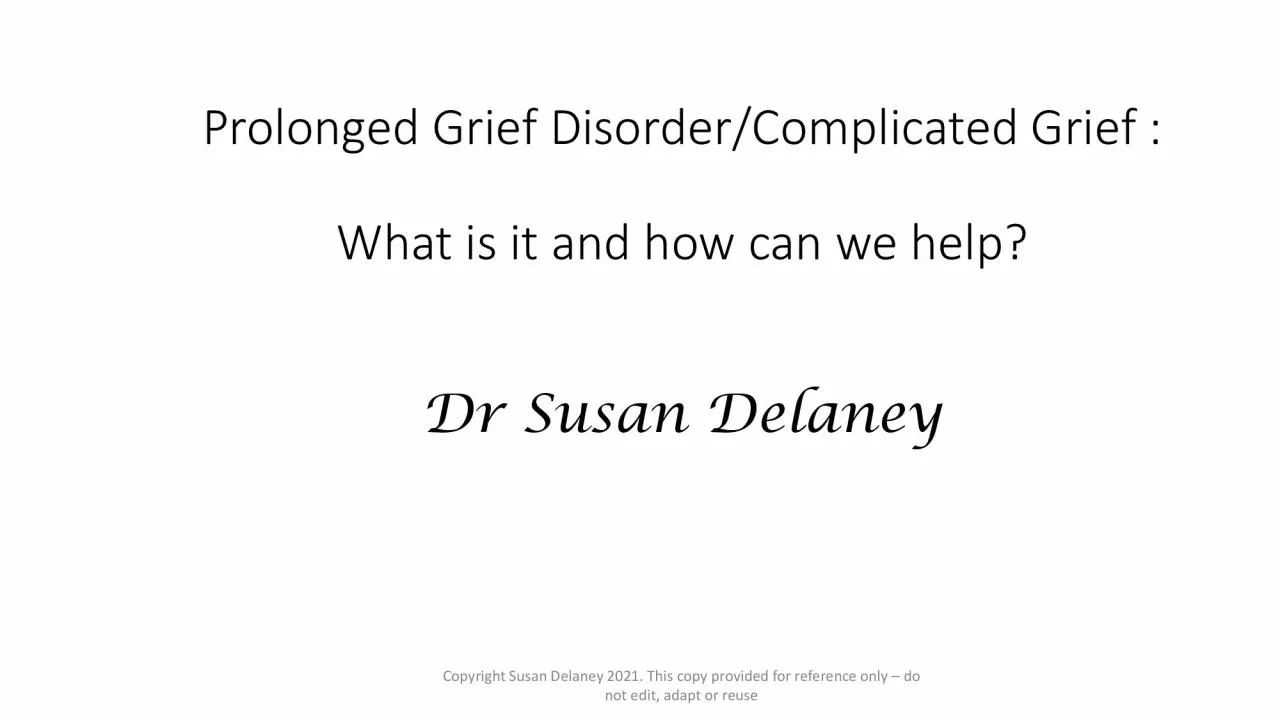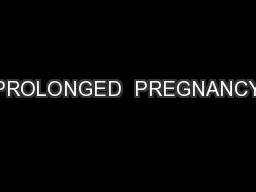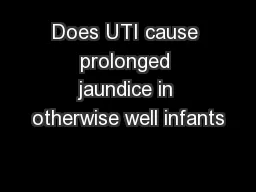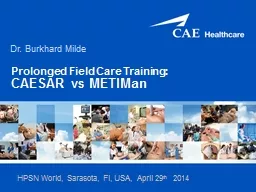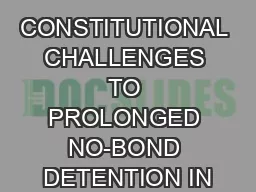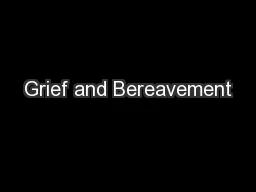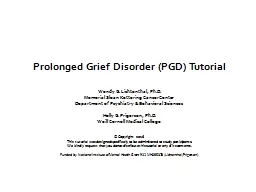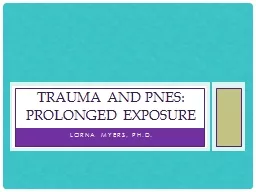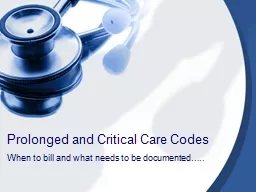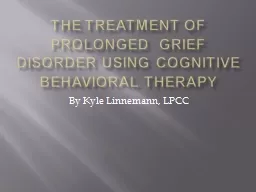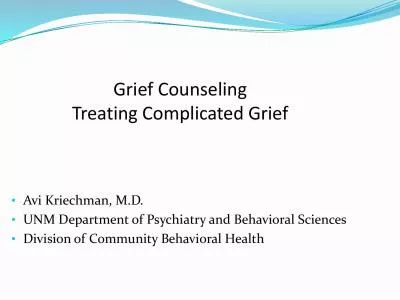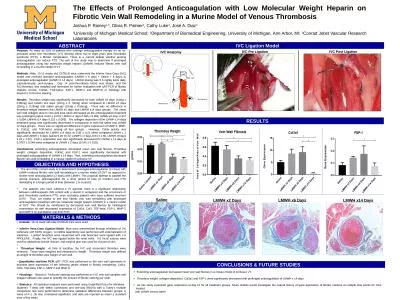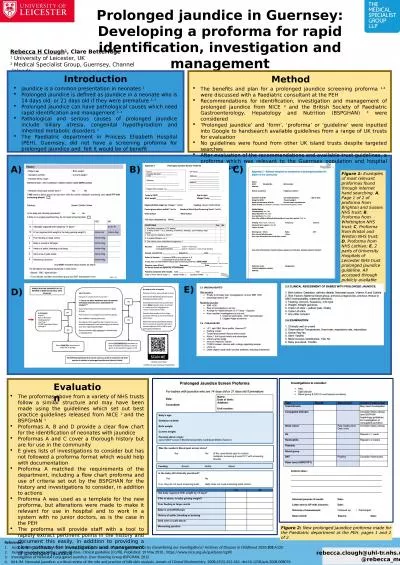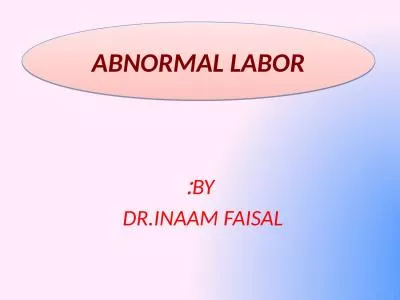PDF-Prolonged Grief DisorderComplicated Grief
Author : nicole | Published Date : 2022-08-24
What is it and how can we help Dr Susan Delaney Copyright Susan Delaney 2021 This copy provided for reference only do not edit adapt or reuse To understand grief
Presentation Embed Code
Download Presentation
Download Presentation The PPT/PDF document "Prolonged Grief DisorderComplicated Grie..." is the property of its rightful owner. Permission is granted to download and print the materials on this website for personal, non-commercial use only, and to display it on your personal computer provided you do not modify the materials and that you retain all copyright notices contained in the materials. By downloading content from our website, you accept the terms of this agreement.
Prolonged Grief DisorderComplicated Grief: Transcript
Download Rules Of Document
"Prolonged Grief DisorderComplicated Grief"The content belongs to its owner. You may download and print it for personal use, without modification, and keep all copyright notices. By downloading, you agree to these terms.
Related Documents

